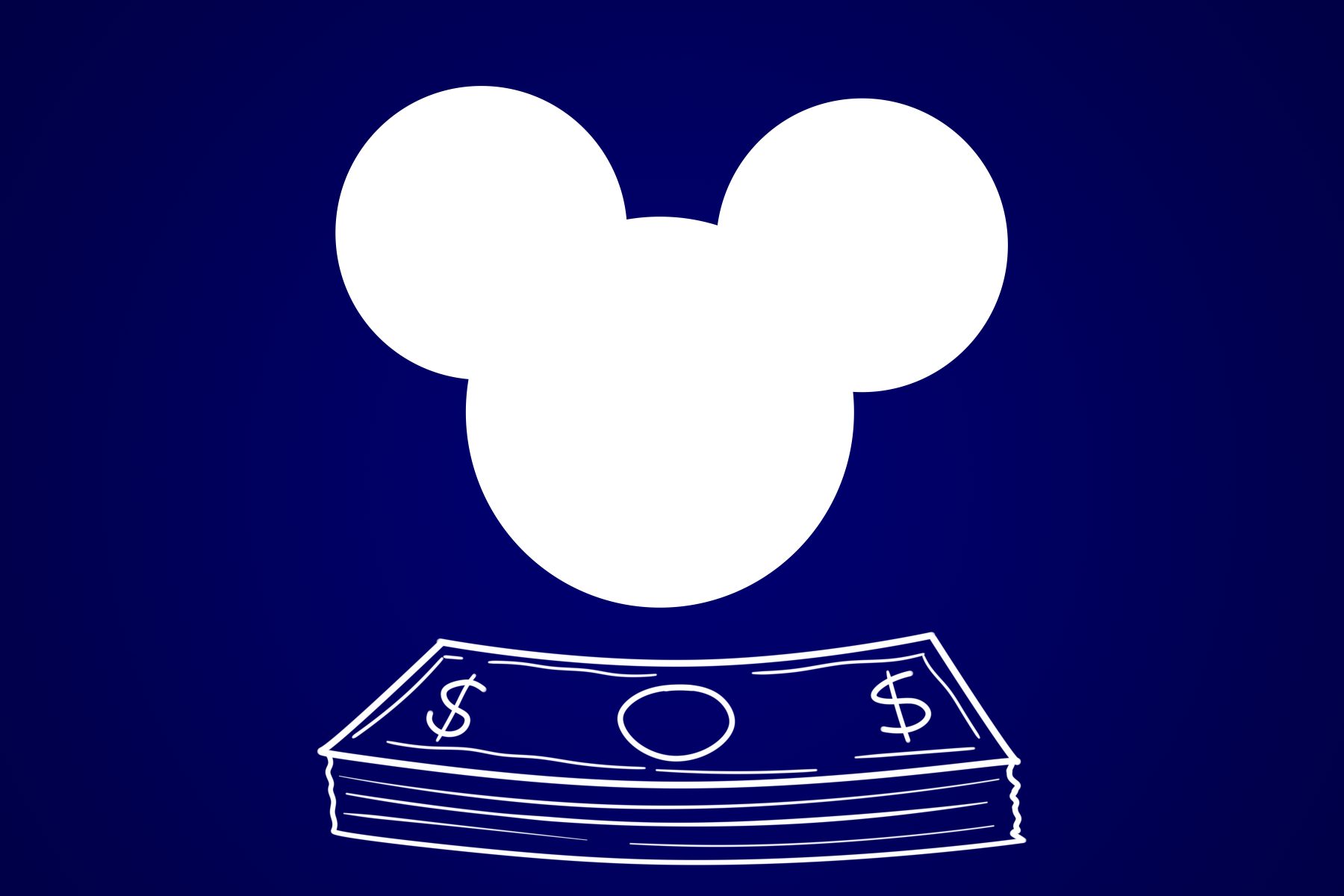Once controlled by exuberantly rich and politically powerful families, American society has since transitioned from bowing before our pseudo-royal households to promoting name-brand companies and the services they provide — perhaps in surprising ways. Most consumers are unaware how little diversity of choice exists given what seems to be grocery store aisles lined with one brand after another selling similar products. These brands, however, do not represent individual, distinct and independent companies but rather acquisitions of behemoth parent-companies.
Amazon, Facebook, Apple and Google certainly earned their title of “The Big Four” of American corporations, though are by no means the only major market influencers. The following list is not meant to be a fearmongering tool warning Americans about a “Big Brother watching” or “lack of free agency in the market.” Instead, it seeks to peer into the intricate web of “who controls what” in American society and trace the sectors owned by or associated with some of America’s new aristocracy.
Amazon
 (Graphic by MarketWatch.com)
(Graphic by MarketWatch.com)
Jeff Bezos launched Amazon out of his garage in 1995, but its seemingly humble origins are deceiving. Just a month after its creation, the e-commerce website, then dedicated solely to book sales, claimed customers in all 50 states and in 45 different countries. By 1999, Amazon owned both IMDB and Alexa Analytics — a testament to how quickly the Bezos baby grew to become a massive online retailer. The world’s largest company by market value eventually honored its roots with acquisitions of Goodreads (2013), Audible (2008) and Abebooks (2008). Amazon furthered its internet reach with its 2010 purchase of Quidsi, a smaller e-commerce platform, and its associated websites such as wag.com and BeautyBar.com. And then, of course, there is Amazon’s recent $13.7 billion acquisition of Whole Foods.
Beyond its acquiring of subsidiary companies, Amazon also promotes dozens of its own brands which, although far from market dominators, provide interesting examples of the unlikely products manufactured by the once book retailer. Shoes, active wear, formal attire, cosmetics, swimsuits, accessories and electronics might seem relatively normal for a company competing with other businesses like Walmart and Target. But its encroachment into cinema and television (Amazon Video), music (Amazon Music), vitamin supplements (Amazon Elements), fresh foods (Happy Belly), groceries (Wickedly Prime) and spare parts (Small Parts) are unlikely, albeit profitable, product choices.
Although Jeff Bezos’ personal investments, managed by Bezos Expeditions, are technically distinct from the Amazon name, they are nonetheless essential when considering market influence. Bezos was among the first Google investors; he also invested a total of $37 million in Business Insider and another $37 million in Uber. And should his retail empire fall, Bezos can fall back on Blue Origin — his rocket company.
The 2016 presidential elections made Facebook a household name even for the most social media-averse Americans. Through the now confirmed accusations of data breeches and election meddling, Facebook demonstrated how a family-oriented social media platform can accumulate more power and influence than it is capable of controlling.
Mark Zuckerberg’s company tightened its grip on social media with its acquisitions of Instagram (2012) and WhatsApp (2014). Other notable subsidiary companies include Oculus VR, one of the leaders in virtual reality technology, and LiveRail, a video advertisement company.
Facebook recently launched its own video streaming service called Facebook Watch which, unlike its Netflix and Amazon cousins, is free. Some speculate the intention of Facebook Watch is to generate content that will garner comments, likes and shares, which helps promote Facebook’s rebranding efforts following the 2016 election scandal.
Disney
 (Graphic by TitleMax)
(Graphic by TitleMax)
The Walt Disney Company is unfathomably massive. In the words of Jason Hellerman of No Film School: “It’s hard to wrap one’s mind around just how big The Walt Disney Company is, and how it seems to only be gaining momentum. This kind of power will shape all of the media for the next century.”
In addition to products commonly associated with Disney (such as amusement parks, cruises, Walt Disney Pictures, Walt Disney Animation Studios, Walt Disney Record and the new Disney+ video streaming service), the company owns several major subsidiaries. The internet went into a frenzy in 2012 when it realized Disney’s acquisition of Lucasfilm made Princess Leia an actual Disney princess. And just a few years prior Disney purchased Marvel Entertainment. So, from “Star Wars” to “The Avengers” to “The Guardians of the Galaxy,” Disney owns nearly all the universe’s heroes.
But with a global company as powerful as Disney, it would be naïve to assume their product only involves fictional characters. Disney also owns, or partially owns, ABC, ESPN, A&E, Vice Media, The History Channel, 20th Century Fox and Core Publishing. And remember that these acquisitions are just the name at the top of an even larger food chain. Each company came with their own brands, subsidiaries and investments, all of which Disney also acquired.
The 11 Food Franchises
 (Graphic by Wikibuy)
(Graphic by Wikibuy)
When making the weekly grocery store run, a shopper might decide between Tide and Gain detergents, or Metamucil and Align probiotics, or Luvs and Pampers diapers, or Always and Tampax feminine products. Other shoppers, however, may see the choice as inconsequential given that P&G owns all these brands.
Some people swear Perrier and S. Pellegrino bottled water are superior to Deer Park, but their common parent company, Nestle, has the final laugh. Nestle also owns Lean Cuisine, Purina, Fancy Feast and Gerber.
Certainly, many of these brands and subsidiary companies retain some autonomy after their acquisitions by parent-companies, so product differentiation still exists. So, one could still make a valuable argument for Luvs over Pampers. But noteworthy is that, whichever the choice, P&G benefits.
The 11 companies that own nearly all consumer purchased brand are Kellogg’s, General Mills, Kraft-Heinz Company, Mondelez International, MARS, Coca-Cola, Unilever, Procter & Gamble, Pepsi-Co, Johnson & Johnson and Nestle.
With such a small group dominating grocery-store products, it is not shocking that Americans are largely unaware which companies own each brand. Wikibuy surveyed 3,000 people and found most were unable to identify owners of major brands and, further, more “organic-sounding companies” influenced their choices. For example, only 48% correctly chose Kellogg’s as the owner of Kashi, while 42% opted for the seemingly healthier Cascadian Farm Organic or Bear Naked and the final 10% guessed Post. Similarly, most respondents incorrectly guessed that Organic Valley produced Annie’s Homegrown, rather than General Mills.
As it stands, each market sector is predominately owned and operated by a few large parent companies. For some consumers this degree of influence robs them of true freedom of choice in a manner reminiscent of American aristocracy of old. Others are less bothered and instead find comfort in the fact their favorite companies (Amazon, Disney and Coca-Cola for example) basically run the show. Either way, there is no denying the socioeconomic and even political power a few massive empires wield.















